With Iron Man we finished assembling the Avengers’ core members from the original comic book. However in the movie, we still have a few more members to add to the mix. Ant-Man and Wasp, the couple that founds the team in The Avengers #1, has been replaced in the movie by Hawkeye and Black Widow. Like Ant-Man and Wasp, and like their DC counterparts Green Arrow and Black Canary, Hawkeye and Black Widow have a stormy history that contribute to the dramatic tension that makes the Avengers a creatively conflicted team.
Stepping into the Black Widow’s Parlor
Marvel had published a Golden Age character named Black Widow starting with Mystic Comics #4 in August 1940. This Black Widow was created by George Kapitan, a penciler who wrote this particular issue, and artist Harry Sahle, then assisting Human Torch artist Carl Burgos. The Golden Age Black Widow was the alter ego of Claire Voyant, a possessed medium who helped Satan collect the souls of the damned. She was more like a female Ghost Rider than the current Black Widow character.
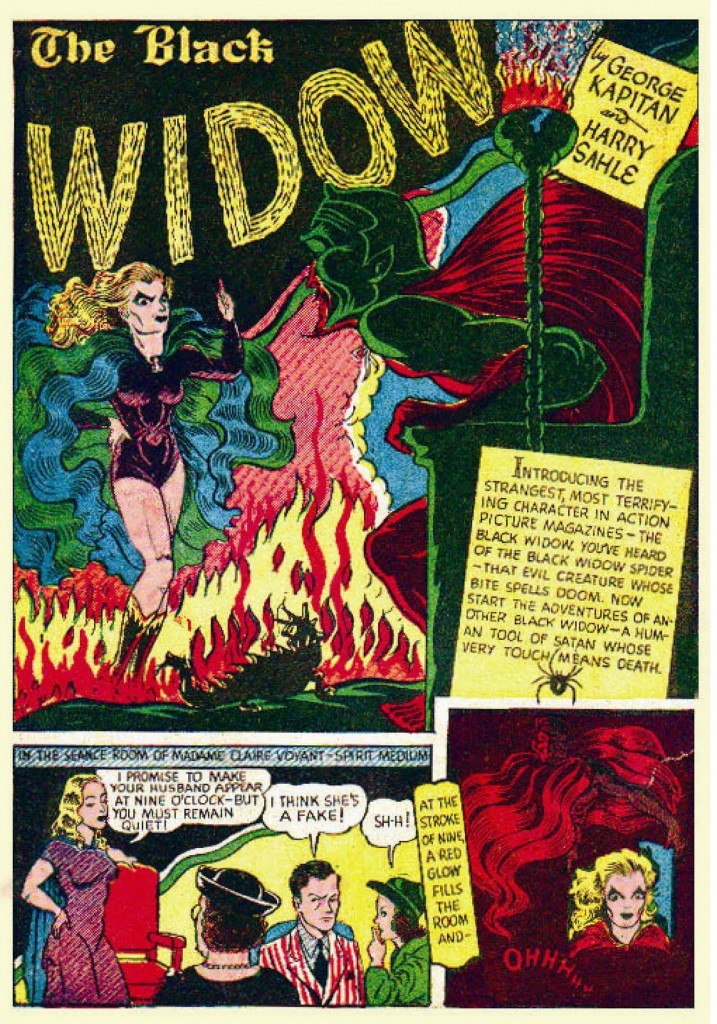
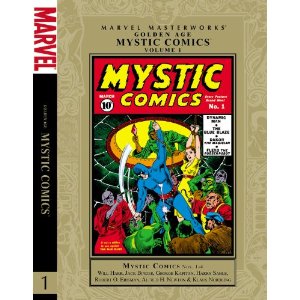
Marvel Masterworks: Golden Age Mystic Comics – Volume 1
The current Black Widow first appeared in Iron Man’s storyline in Tales of Suspense #52, published with a cover date of April 1964. She is the alter ego of Natalia Romanova aka Natasha Romanoff, a Soviet agent. When she is assigned to help kidnap a defector, her mission requires her to infiltrate Stark Enterprises, bringing her into her first conflict with Iron Man. After several defeats against Iron Man, she attempts to secure a victory by recruiting the unwitting Hawkeye.
From Robin Hood to Hawkeye
Hawkeye’s roots trace back to the interpretation of the Robin Hood legend popularized in early Hollywood film. Silent film’s first major action star Douglas Fairbanks, who had previously introduced Zorro to the silver screen, brought Robin Hood to life in 1922 with an acrobatic, swashbuckling interpretation of the role. Fairbanks’ Robin Hood influenced Errol Flynn’s definitive 1938 portrayal of the character, which in turn set the stage for a series of archer superheroes who preceded Hawkeye. Flynn’s Robin Hood also influenced the character of Swordsman, Hawkeye’s mentor.
Fairbanks’ and Flynn’s action films inspired other characters cast in the same mold as his Zorro and Robin Hood who would influence the lineage of Hawkeye. In 1923 crime writer Edgar Wallace, whose most famous creation was King Kong, introduced an archer character called the Green Archer in a novel of the same name. The Green Archer employed archery and stealth to break up a gang of criminals who used a Gothic castle as a base to steal jewels and menace maidens. The Green Archer was made into a silent film in 1923 and into a talking serial in October 1940.
Earlier that year, Fawcett Comics had introduced an archer superhero called Golden Arrow in Whiz Comics #2, cover dated February 1940. Golden Arrow was Roger Parsons, the orphaned son of a balloonist couple who crashed in the American Western desert. Their stranded child was raised by an old prospector who taught him archery and raised him to right wrongs with the help of a stallion, White Wind. Golden Arrow went on to team up with Captain Marvel and Spy Smasher and become part of Fawcett’s superhero universe.
DC followed up with Green Arrow in More Fun Comics #73 in November 1941. Green Arrow was created by former pulp magazine literary agent Mort Weisinger, who would later edit Superman and Batman, and Action Comics artist George Papp, who later drew Superboy. Weisinger combined elements of the Green Archer with Batman, giving Green Arrow a billionaire alter-ego, technological gadgets, a sidekick, and an evil clown adversary.
Green Arrow survived the Golden Age by continuing as a backup in Superboy strips during the 1950s. He joined the Justice League in Justice League of America #4, published in May 1961. In 1969 he was reinterpreted by Neal Adams and Denny O’Neil as an anti-establishment anti-hero. In this incarnation he paired with Black Canary, a fellow Golden Age character who was likewise reinterpreted for the counter-culture. Green Arrow’s relationship with Black Canary initially emulated Hawkeye’s relationship with Black Widow, and later began to influence it, along with Hawkeye’s relationship with Mockingbird.
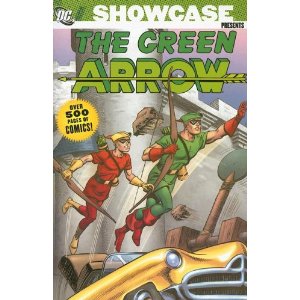
Showcase Presents: Green Arrow, Vol. 1
A Complicated Couple
Hawkeye first appeared as an opponent for Iron Man in Tales of Suspense #57 in September 1964. Working at a fair as a trick shooter, Hawkeye witnesses Iron Man in action and is inspired to become a superhero. Designing trick arrows, he stops a jewel thief. But when the authorities mistake him for the thief, he becomes a fugitive and falls into the clutches of Black Widow. Widow tricks him into designing arrows to fight Iron Man and steal components of Iron Man’s armor.
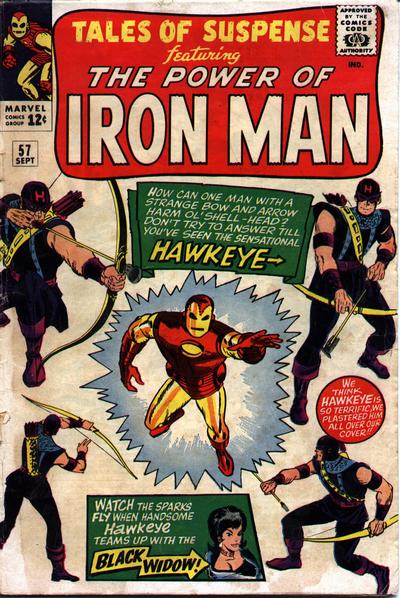
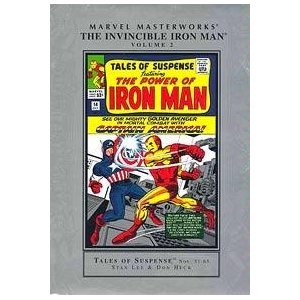
The Invincible Iron Man, Vol. 2: Tales of Suspense, Nos. 51-65 (Marvel Masterworks)
Widow later defected to the United States, and eventually traded her original costume for a new uniform influenced by Emma Peel from the unrelated TV show The Avengers. But her initial contact with the Avengers and Hawkeye was tainted by her Soviet past. She was temporarily brainwashed into spying against America in The Avengers #29 (June 1966) and tried to recruit Hawkeye again. Although she later came back to the American side, to eventually join the Avengers on a permanent basis in #111 (May 1973), her relationship with Hawkeye was haunted by memories of betrayal.
This complicated history between Hawkeye and Black Widow was developed in the 2010 cartoon The Avengers: Earth’s Mightiest Heroes, where their mistrust hinders a S.H.I.E.L.D. mission. It lies in the back-story of the new Avengers movie, where it adds another layer to the complexity of the relationships that form the team.
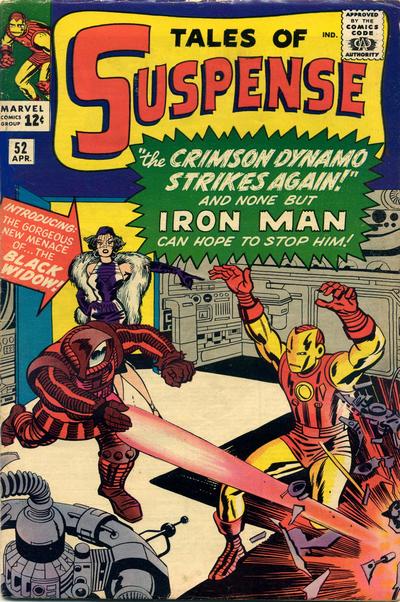
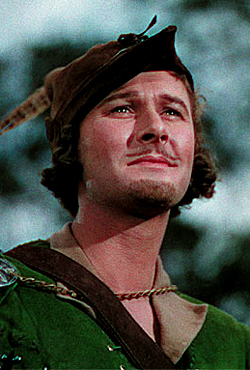

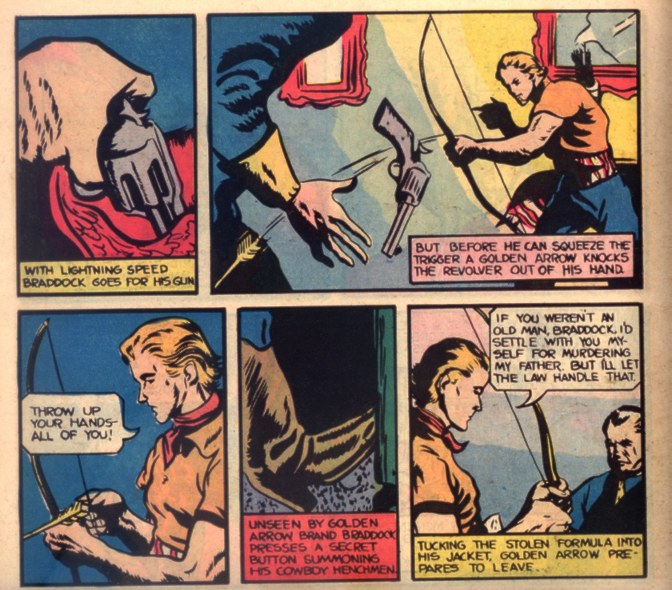
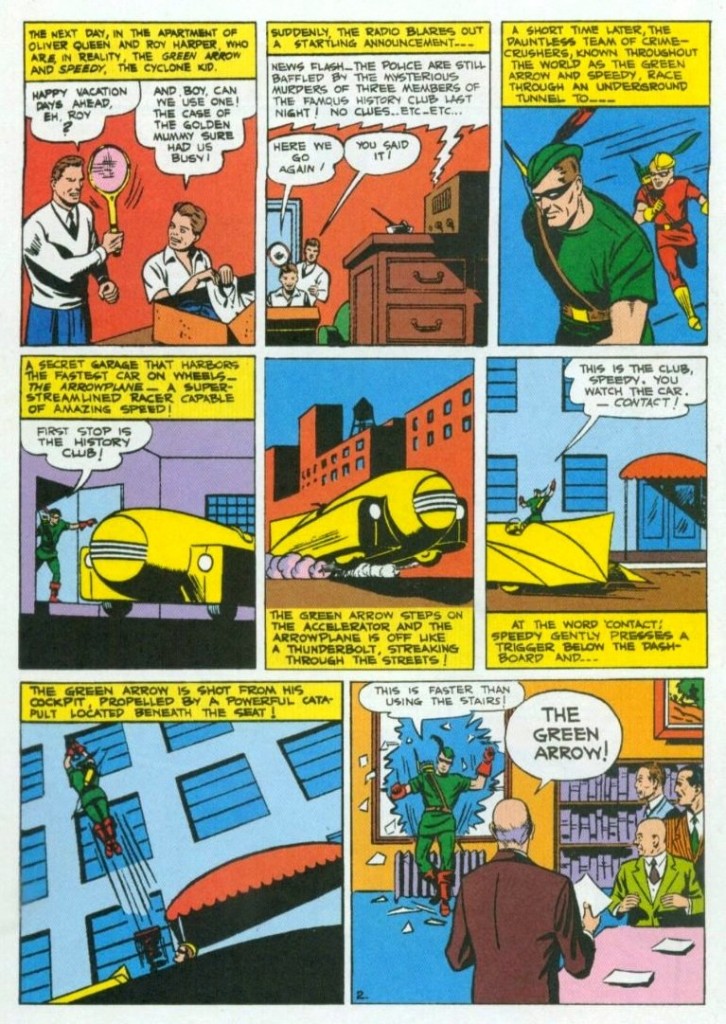
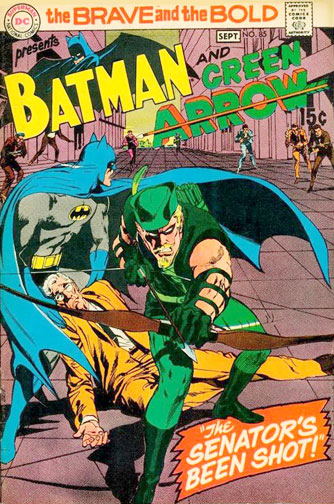
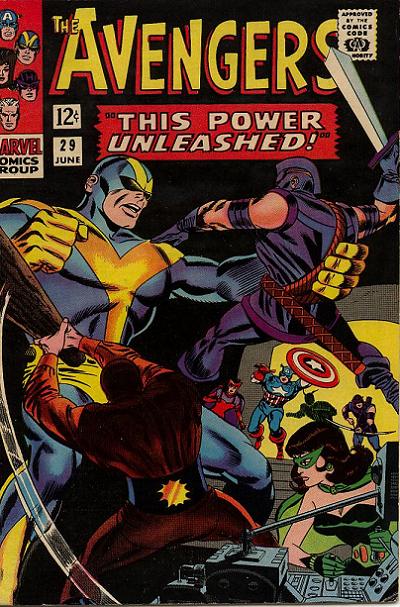
Should be transferred to the Champions for another great epic movie.
How come there’s only 4 Cat comics from the bronze age on the whole wide world web to be found ? It’s not fair that the F.F. great as they are should be responsible for her nowhere to be found bouts.
Daniel that’s an interesting idea. Now that you mention it, most of the original Champions have already been introduced to the movies: Widow, Ghost Rider, Angel, Iceman, mostly Hercules is missing. My favorite issue was the one where they fought Godzilla but they’d probably have to go through a lot of legalities to adapt that one.
They canceled the original series after #4 and moved her to other titles, then changed her to Tigra. For the original series, you might try searching eBay with some distinctive terms included in the string. I tried “ebay claws of the cat marvel 1972” and got several results that way. Also look for her appearance in Marvel Team-up #8, Werewolf by Night #20, Giant-Size Creatures #1, Monsters Unleashed #10, Marvel Chillers #3-7, and Marvel Premiere #42, prior to the FF appearances you mention. After FF she was in Avengers, West Coast Avengers, and other titles.